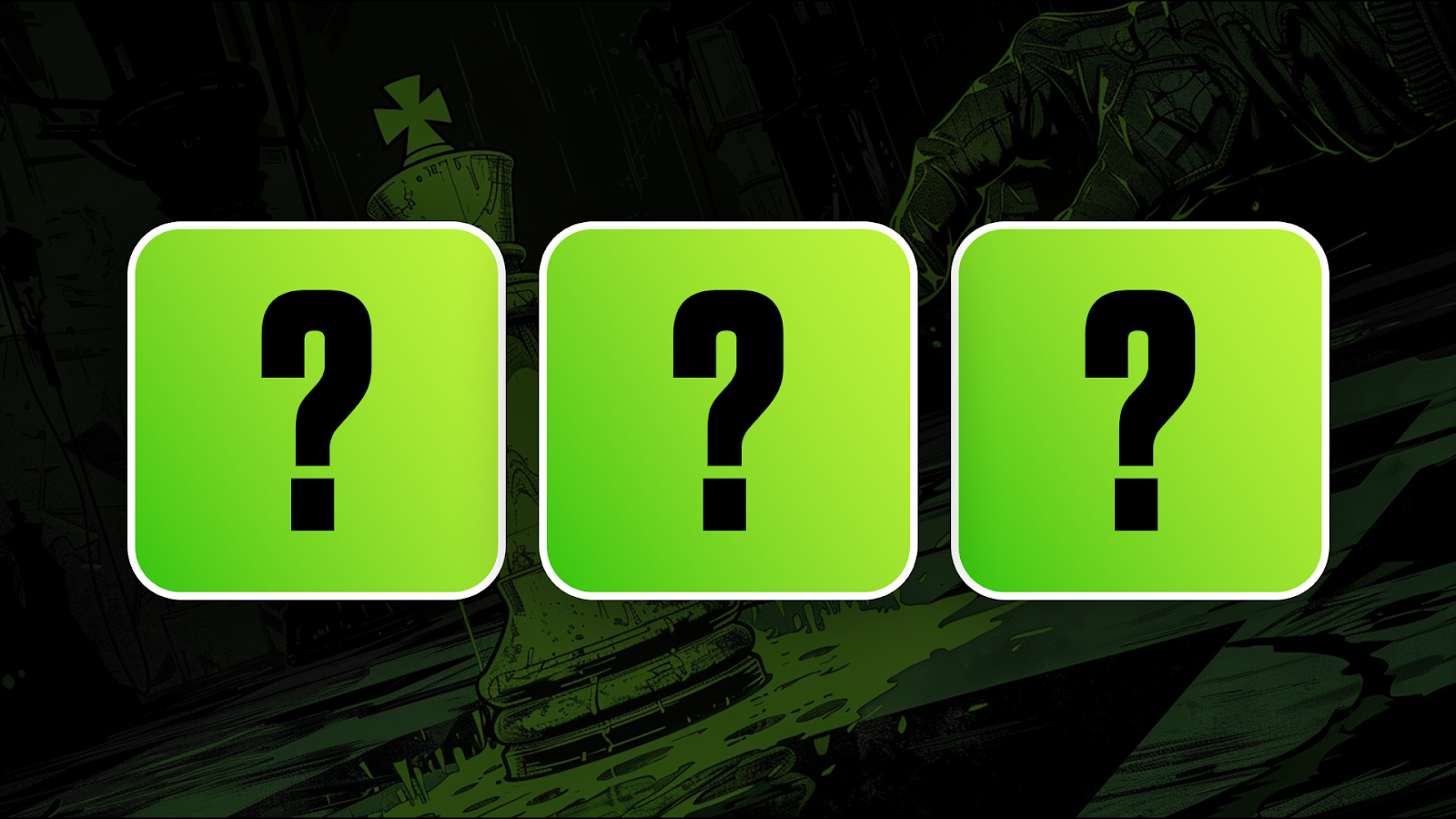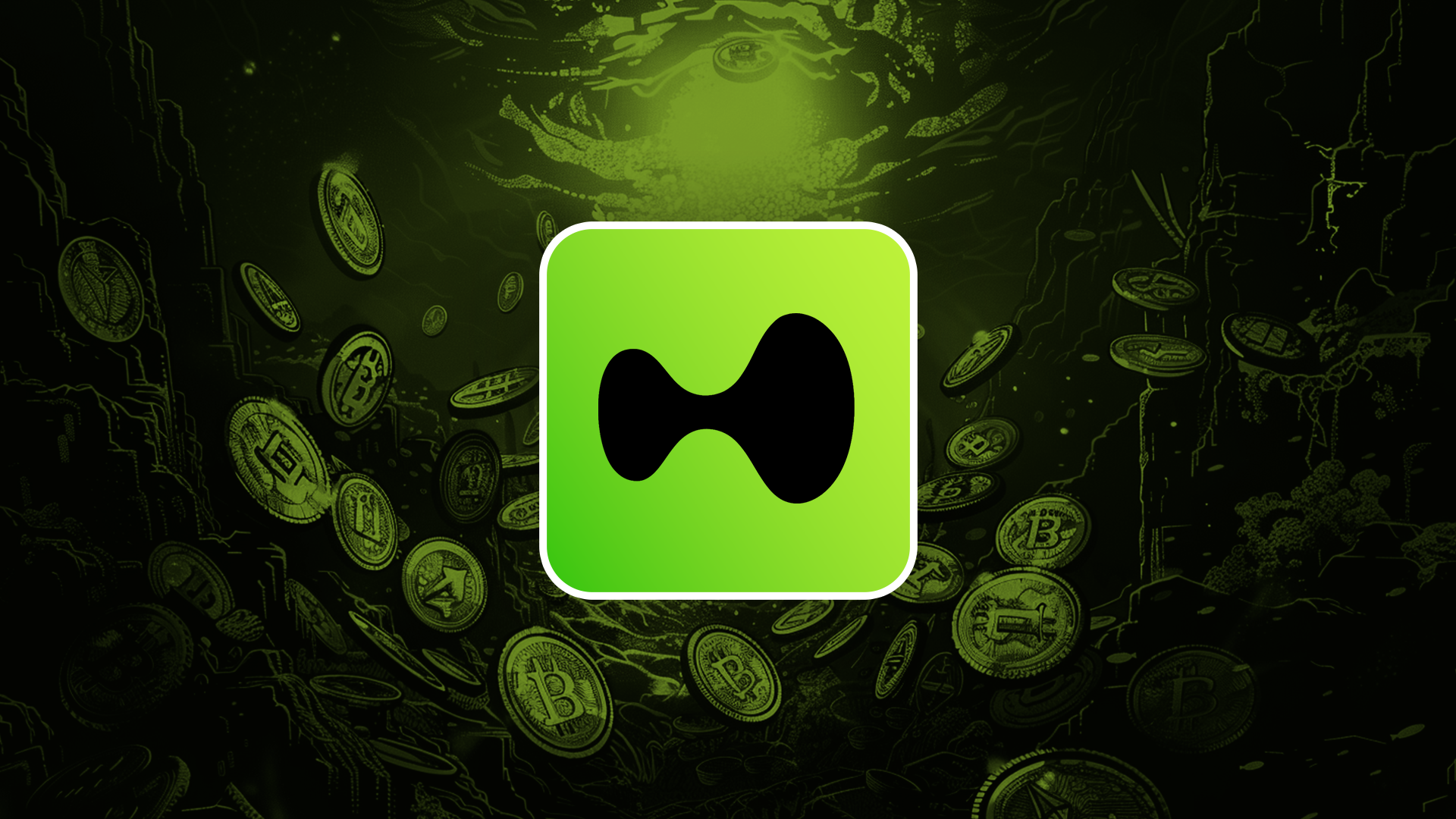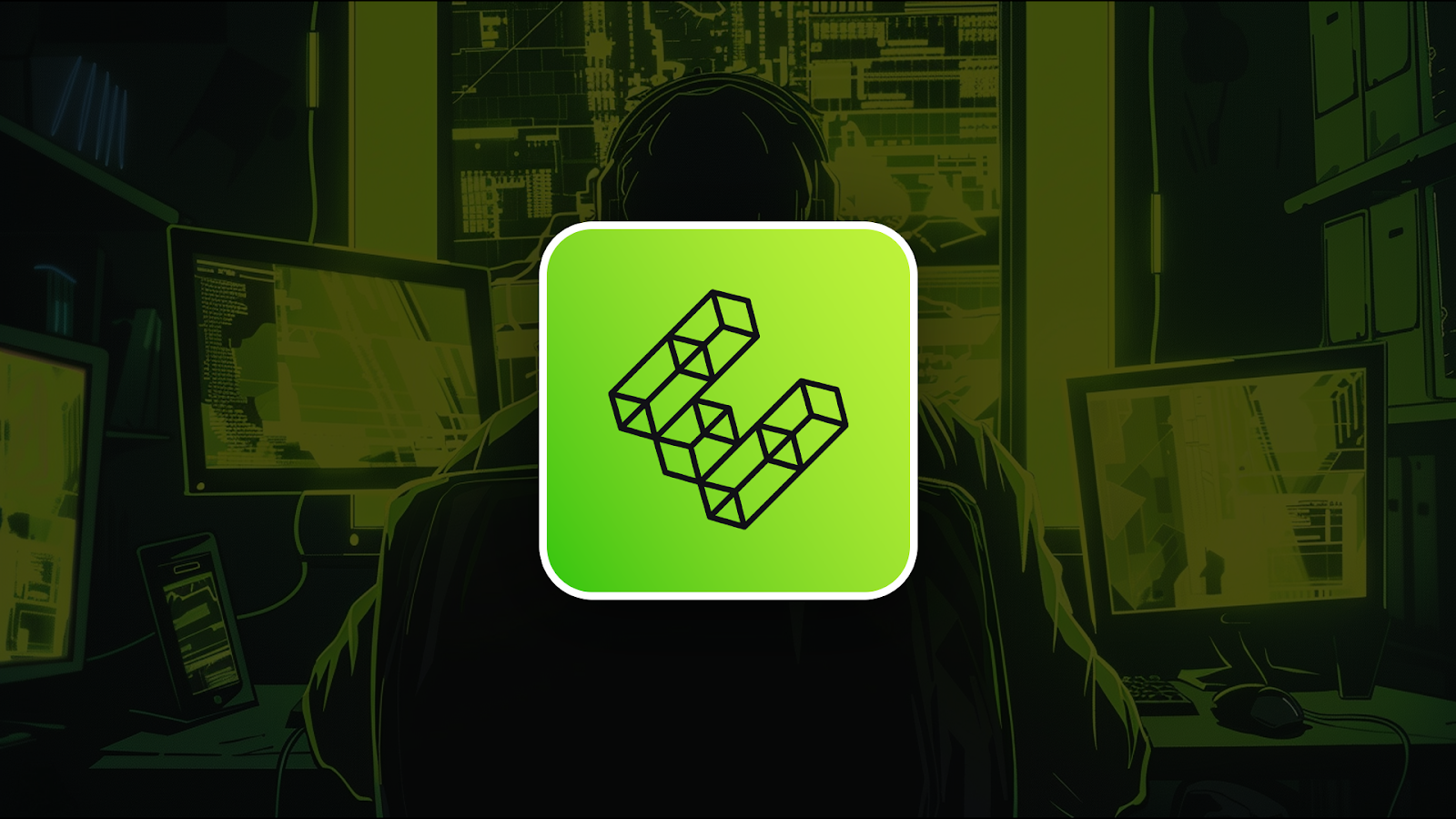The great debate: XRP vs XLM
SWIFT has served its time; it offered a solution and opened new doors. Nevertheless, its efficiency no longer meets the standards of the digital age. More modern technology is looking to replace it and overcome the time and cost obstacles, Distributed Ledger Technology (DLT) and in particular, blockchain. Blockchain keeps synchronised records between all nodes (devices) on the network, thus eliminating the reliance on a central authority. Multiple blockchains have been created and are being used by different companies, specifically targeting the payments remittance industry.
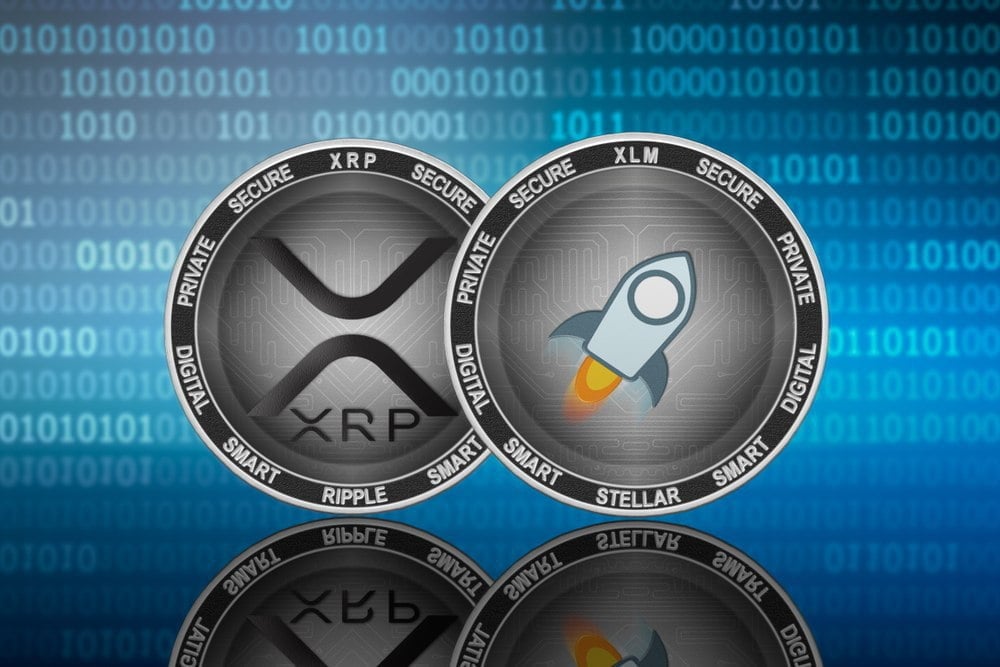
SWIFT vs DLT
The Society of Worldwide Interbank Financial Telecommunication (SWIFT) is the current facilitator of cross-border payments between financial institutions. It is a slow, expensive and outdated system that uses telecommunication. The actual transfers between banks around the world rely on systems that use human intervention, hence can be prone to errors. An international transfer "should" take up to five working days. However, in some instances, a transfer could be lost for a few weeks.The first contender to express their plans to optimise this space was Ripple, founded in 2012. They have three different products: xVia (standard access), xCurrent (full access) and xRapid (access on-demand liquidity with digital assets). The latter is their most efficient solution for cross-border payments and uses the XRP ledger and more importantly, the XRP token to facilitate the payments.
In 2014, the founder of Mt.Gox and co-founder of Ripple, Jed McCaleb left Ripple, after many disagreements, to create his own venture - Stellar. Where Ripple is targetting banking institutions, the Stellar Development Foundation (SDF) targets a different audience, businesses.
The underlying technology used by both Ripple and Stellar is similar. The validation techniques used to prevent double-spending are the "XRP Ledger Consensus Protocol" and the "Stellar Consensus Protocol". Both are very similar in terms of blockchain architecture. It is a democratic voting system that is updated every few seconds, making it faster, and more efficient than Bitcoin's network.
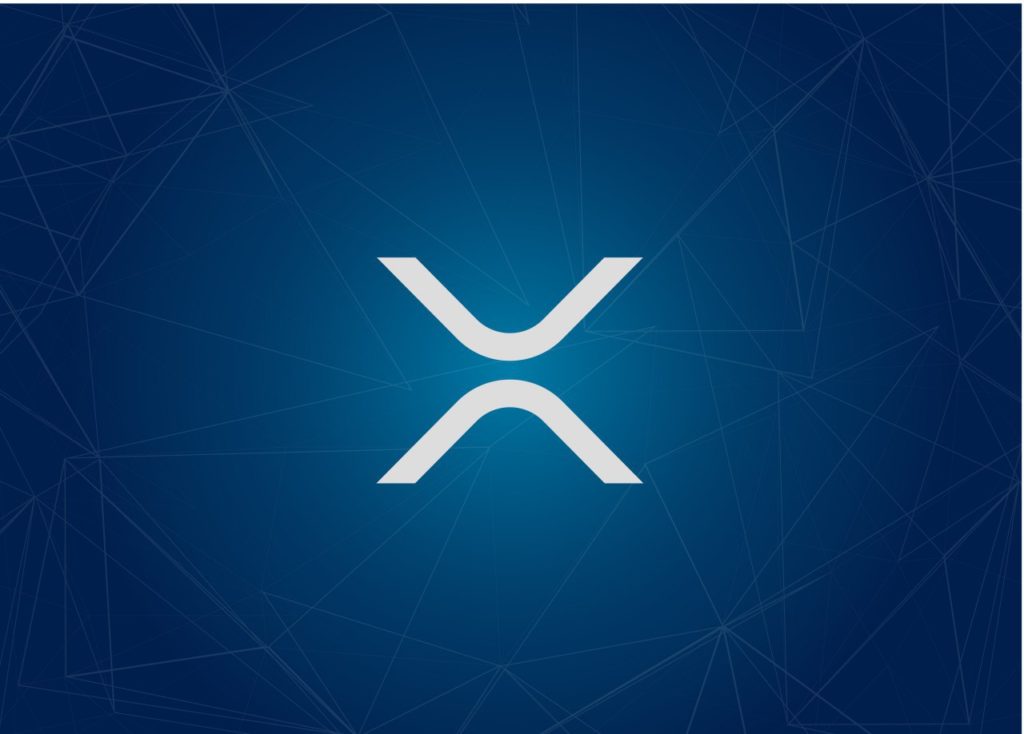
XRP
Following extensive testing, it has been found that the XRP ledger can process up to 50,000 (off-chain) transactions per second. This is more than double Visa's capacity of 24,000 per second. Transactions typically take 4 seconds to complete, however with the forthcoming "Cobalt" update; this will take just 1 second.There will only ever be 100 Billion XRPs that are already pre-mined. To maintain liquidity over the network and prevent a malicious group from withholding a majority of XRP tokens, just over 60B XRPs is held by the company Ripple. 55B is in escrow and will be released over 55 months to financial institutions and payment providers.
The XRP ledger has multiple use cases, including cross border payments. Ripple uses the XRP ledger to source on-demand liquidity for banks and eliminating the need for inefficient nostro-accounts held in other banks across the globe. They also use the XRP ledger to help payment providers expand their reach with cost-efficient transfers and lower foreign exchange fees. So far, Ripple has partnered with multiple banks across the globe including Standard Chartered, BBVA, Crédit Agricole and the Japanese consortium of 61 banks: SBI Holdings. They also partnered with payment providers such as MercuryFX, UAE Exchange and MoneyGram. These 200+ partners, constituting of internationally recognised banks and payment providers, make up RippleNet. The XRP ledger's use cases are not limited to Ripple. Stefan Thomas, previous CTO of Ripple, left the company to start a new venture: Coil. It's an initiative to help content creators monetise their works.

XLM
The Stellar network uses Lumens (XLM) as the native asset of the network. The on-chain processing power of this network is 1,000TPS; it remains unknown if there is any off-chain power capability. Every transaction takes 4 seconds or less like XRP today, and costs 0.00001XLM. Unlike XRP, there is a limitless supply of XLMs. Upon creation of the network, 100B XLMs were created and distributed in batches: - 50B through the Direct Signup Program to increase the project's reach and exposure. - 25B through the Partnership Program dedicated to institutions partnering that share the objectives of SDF. - 20B through the Bitcoin Program for free distribution to holders of BTC and XRP (19B for BTC holders and 1B for XRP holders). - 5B to cover SDF's operational costs.The Stellar network has a built-in nominal inflation mechanism fixed at 1% per year. Therefore the supply will increase over time instead of decrease like XRP. The target audience of the Stellar protocol are international businesses; their main aim is to ease their transacting process. They do so by creating a decentralised network where anyone in the world can run a Stellar server. Of course, all transactions get validated through the Stellar consensus protocol. A unique feature of the network is "chain of conversions" if there is no direct relationship between two specific currencies. Since their target audience is businesses, clerical errors can happen. A business might send money through the network to the wrong client. Transactions are irreversible. However, one can freeze the assets sent (a 3-5 second process) and make the asset invaluable unless sent back to the business. To implement this solution in the correct ecosystem, the Stellar Organisation has a diverse set of partnerships under its wing. They are most renowned for their strategic partnership with the American multinational IBM, who have been contracted by the Australian government to use DLT for an e-government solution. Another significant partner is Stripe, a payment solution platform that has a customer base of over 100,000 businesses.

Conclusion
XRP or XLM has been the debate over the past few years. Since both projects stem from the same organisation, many people assume incorrectly that only one will succeed. However, this cannot be further from the truth. While Jed McCaleb and the Ripple team do not see eye to eye, they are both targeting different audiences and improving their network based on that principle. The key aspect to remember here is that they are not direct rivals. Ripple is targeting the big banks, tapping into the world of financial institutions. Whereas the Stellar organisation is targeting a smaller audience by the size of assets, but with as much significance. It is tailoring a solution for businesses that operate worldwide, which happens to be the majority of businesses today. Both have proved that DLT is the better alternative for the outdated SWIFT system we use. But in terms of "XRP vs XLM", they both have their place in the marketplace, and can therefore coexist.Cover, XRP, XLM & handshake images licensed via Shutterstock
Get winning crypto tips in 5 minutes a day
Login or upgrade to Cryptonary Pro
Pro
Get everything you need to actively manage your portfolio and stay ahead. Ideal for investors seeking regular guidance and access to tools that help make informed decisions.
$799
For your security, all orders are processed on a secured server.
What’s included?
24/7 Access to Cryptonary's Research team who have over 50 years of combined experience
All of our top token picks for 2025
Our latest memecoins pick with 50X potential
On hand technical analysis on any token of your choice
Weekly livestreams & ask us anything with the team
Daily Market Updates that cover the real data that shape the market (Macro, Mechanics, On-chain)
Curated list of the most lucrative upcoming Airdrops (Free Money)
Our track record speaks for itself
With over 2.4M tokens and widespread misinformation in crypto, we cut
through the noise and consistently find winning assets.
Frequently Asked Questions
Do I get direct access to the Cryptonary team?
Yes. You will have 24/7 to the team that bought you BTC at $1,000, ETH at $70, and SOL at $10. Through our community chats, live Q&As, and member only channels, you can ask questions and interact directly with the team. Our team has over 50 years of combined experience which you can tap into every single day.
Can I trust Cryptonary's calls?
Yes. We've consistently identified winners across multiple cycles. Bitcoin under $1,000, Ethereum under $70, Solana under $10, WIF from $0.003 to $5, PopCat from $0.004 to $2, SPX blasting past $1.70, and our latest pick has already 200X'd since June 2025. Everything is timestamped and public record.
Do I need to be an experienced trader or investor to benefit?
No. When we founded Cryptonary in 2017 the market was new to everyone. We intentionally created content that was easy to understand and actionable. That foundational principle is the crux of Cryptonary. Taking complex ideas and opportunities and presenting them in a way a 10 year old could understand.
What makes Cryptonary different from free crypto content on YouTube or Twitter?
Signal vs noise. We filter out 99.9% of garbage projects, provide data backed analysis, and have a proven track record of finding winners. Not to mention since Cryptonary's inception in 2017 we have never taken investment, sponsorship or partnership. Compare this to pretty much everyone else, no track record, and a long list of partnerships that cloud judgements.
Why is there no trial or refund policy?
We share highly sensitive, time-critical research. Once it's out, it can't be "returned." That's why membership is annual only. Crypto success takes time and commitment. If someone is not willing to invest 12 months into their future, there is no place for them at Cryptonary.
How often is content updated?
Daily. We provide real-time updates, weekly reports, emergency alerts, and live Q&As when the markets move fast. In crypto, the market moves fast, in Cryptonary, we move faster.














